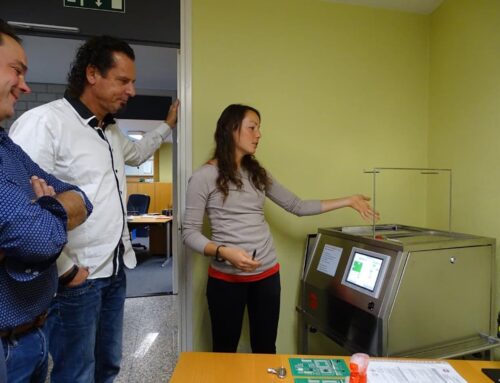Since the defence industry is a major partner for PIEK, regular visits are paid to the main players. One recent visit was to AWACS in Geilenkirchen.
AWACS was established by NATO at the end of the 1970s to protect the European airspace against possible attacks from the then USSR. A German air force base was turned into the main AWACS base. Geilenkirchen is on the Dutch border, and the nearest Dutch towns are Schinveld and Brunssum.
Seventeen different NATO partners participate in AWACS. The total ground surface of the base is over 620 hectares and the runway is 3048 metres long. The latter therefore enables nearly all planes to land there. AWACS is also an important economic driver in the region. Should the airfield ever be closed, a host of regional shopkeepers and service companies would go out of business.
During the visit the history of the base was sketched in brief, and the facts and figures relating to the base and its surroundings were presented. One of the eye-openers was that the fleet of planes is modernised all the time but that in fact all the current planes would need to be replaced. The costs are substantial in absolute terms, but peanuts when related to the joint GDP of the NATO countries. Though noise pollution has already gone down considerably due to continuous improvements, completely new planes would drive down the noise even further.
After a comprehensive explanatory presentation a tour along the facilities on the site followed. This took PIEK to the control tower. There the state-of-the-art fire trucks were shown, an AWACS plane was inspected from the inside and the control tower was visited. From its windows PIEK had a magnificent view across the runway.
The explanations in the tower gave PIEK a great insight into what goes on behind the scenes. Says PIEK’s Ben Walls: ‘You can see that there are professionals at work here, safeguarding our lives. It gives me a good feeling, knowing that we have such an organisation in the region, keeping us safe, doing its bit for NATO and boosting the region economically.’










